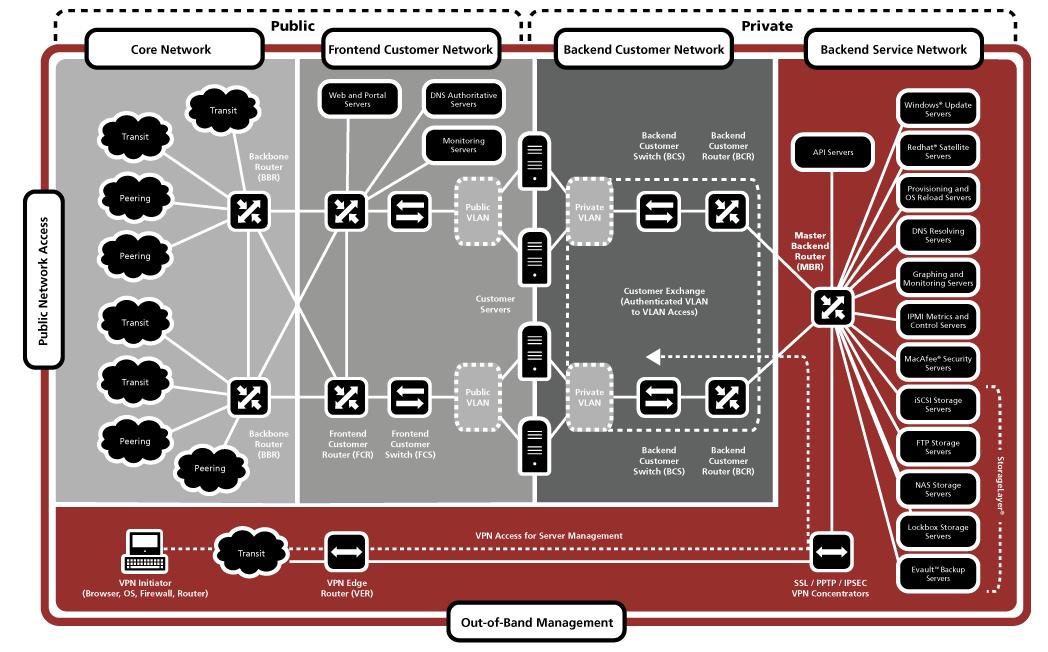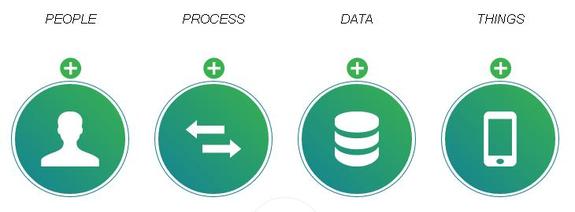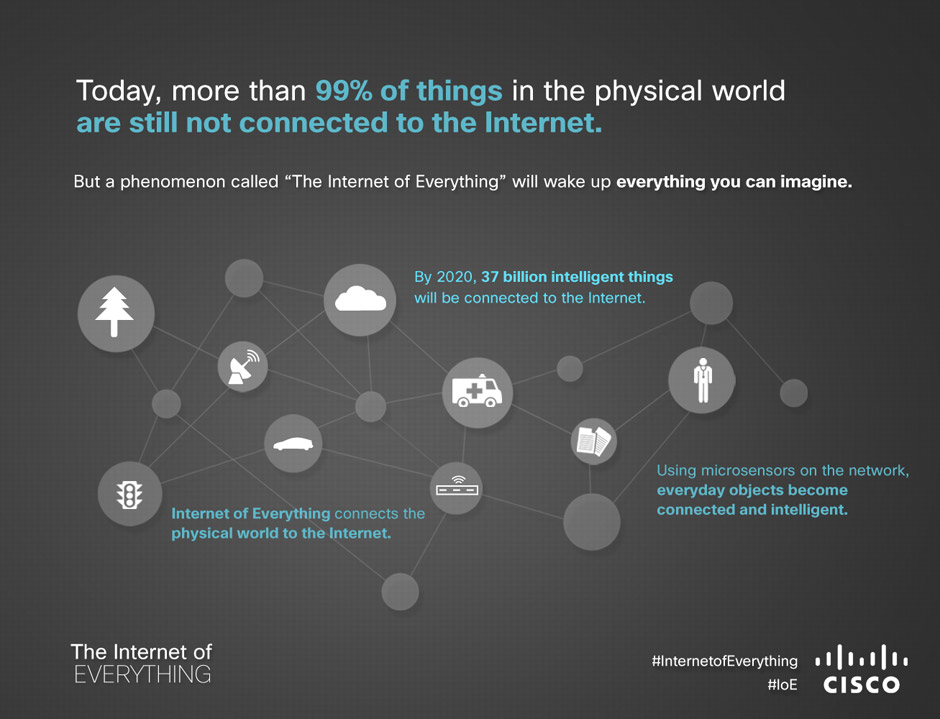| | | |
The Key Competitors of IBM and SoftLayer in the Data Center and Cloud Computing space are Amazon Web Services (AWS), Microsoft Corp, Rackspace Holdings with Google ramping up its offerings. In such a competitive marketplace, IBM expects to achieve $7 billion in annual cloud revenue by 2015 and increasing it year over year to continuously increase its its share of the global Cloud market estimated to be over $200 billion by 2020 (Source: IBM Market Intelligence). IBM's revenue in 2012 was $104.5 billion.
Cloud computing promises a transformative change in the way governments deliver services and the enterprises operate. The cloud enables organizations to grow beyond the caged environments of the brick and mortar of data centers and office complexes and empower the workforce to work anywhere - office, home or on the go and manage the work-life balance resulting in improved productivity and operational excellence to meet the new demands of the global economy that operates 24 x 7 x 365.
By improving efficiency in the data center(s), organizations in the public and private sectors can gain a strategic advantage. Learn the four key characteristics of an efficient data center...Watch the video and read the IBM Data Center Study that shows you how virtualization, optimization, and risk management affect data center efficiency, and how you can apply these best practices to your own data center.
- Points of Presence: Los Angeles, Denver, Chicago, New York City, Atlanta, Miami, London, Frankfurt, Hong Kong, Tokyo
- Single Data Center: Seattle, San Jose, Washington D.C., Amsterdam, Singapore
- Multiple Data Centers: Houston (2), Dallas (6)
Sample Network Diagram & Details of a Data Center Schema at SoftLayer
Source: SoftLayer
On January 9, 2014, IBM announced that it will invest more than $1 billion into the Watson Group, a new business unit dedicated to the development and commercialization of cloud-delivered cognitive cognitive applications and services to market and including $100 million in venture investments to support an ecosystem of entrepreneurs developing Watson-powered apps. As part of the Global Cloud Data Centre initiative, IBM will also deploy Watson on SoftLayer.
On January 15, 2014, SoftLayer, entered into a partnership with the game development studio KUULUU and world’s largest online game servers provider Multiplay to power widely popular games such as Battlefield 4 and RECHARGE via its cloud offerings . KUULUU tapped into SoftLayer’s cloud for higher performance and scale for their newest game created with Linkin Park, the most popular band on Facebook with 55 million followers, called RECHARGE, while Multiplay utilizes SoftLayer cloud to support the mega title Battlefield 4.
Since January 1, 2014, the Silicon Valley and the Silicon Alley have witnessed a total influx of $ 4.4. billion in investments into the home automation and cloud computing including $3.2 Billion of Google to acquire Nest Labs and $1.2 Billion of IBM to expand its global cloud footprint. At the CES 2014, Cisco predicted that the Internet of Everything could drive $14.4 trillion of potential value at stake for the private sector out of a $19 trillion opportunity for businesses and governments globally 2013-2022.
In 2013, IBM spent $2 billion to acquire SoftLayer and GE invested $100 million into Pivotal Software, a company spinned-off by EMC and VMware, that is building a next generation Enterprise "Platform-As-A-Service"that will bring together big data, application programming, and the cloud architecture.. Prior to it, Google acquired Motorola Mobility Holdings Inc. for $12.5 billion for in 2012.
Is it the bouncing back of the Tech World?
The Silicon Valley, the Silicon Alley, and the Silicon Wadi are at an inflection point to leverage the huge opportunities to harness the new innovation fueled by Mobile Computing, Cloud Computing, Social Media, and Big Data in the global markets and preparing themselves for the future demands on the Information and Communications Technology Ecosystems to support the global economy of over $72 trillion, out of which USA is leading the world with approximately $16 trillion followed by China at approximately $8 trillion and Japan at $6 trillion in the 2nd and 3rd place respectively.
What's in it for your organization?
The new cloud investments IBM is making will provide the organizations the ability to choose a cloud environment and location that best suits their business needs and provides visibility and transparency to where data resides (in-motion and at-rest), control of data security etc thereby addressing the concerns of national regulators and privacy acts in the markets in which its operates.
I would love to hear from the blog readers as to what are the opportunities and challenges in the uptake of cloud and data center offerings from the likes of IBM, SoftLayer, AWS and how it is going to impact their organizational models, business processes, ICT budgets, workforce skill sets, information management, information security, privacy, and internal audit policies and standards.
International Business Machines Corporation was incorporated in the State of New York on June 16, 1911, as the Computing-Tabulating-Recording Co. (C-T-R), a consolidation of the Computing Scale Co. of America, the Tabulating Machine Co. and The International Time Recording Co. of New York. In 1924, C-T-R changed its name to International Business Machines Corporation. And it continues today.
Since 2007, IBM has invested more than $7 billion in 15 acquisitions to accelerate its cloud initiatives and build a high value cloud portfolio and it processes more the 5.5 million client transactions daily through IBM's public cloud. IBM expects to achieve $7 billion in annual cloud revenue by 2015.
SoftLayer was founded in 2005 and is headquartered in Dallas, Texas. It is the cloud infrastructure provider of choice for companies building for Internet Scale that provides global, on-demand data center and hosting services from its 13 data centers. In 2013, IBM acquired SoftLayer for $ billion



 RSS Feed
RSS Feed